
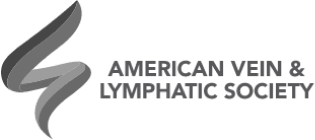
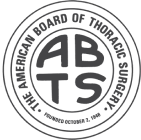
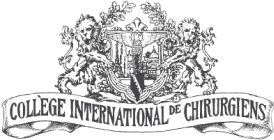
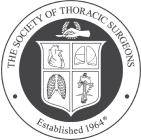
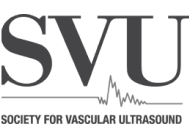










Chuback Vein Center - June 21, 2021
It’s no secret that the average American is accustomed to spending long hours of the day working or on their feet. Between 40+ hour work weeks, running a functional household, and the seemingly bottomless list of additional responsibilities, exhaustion and fatigue are no strangers to those working to maintain a satisfactory standard of life.
To many adults, the feeling of tired or heavy legs after a long day on your feet or an intense workout may seem normal and harmless, but this is not always the case. The same goes for people who are used to experiencing these symptoms without exercising or using their legs. The truth is, these signs and symptoms are often indicators of a more serious underlying vein issue called venous insufficiency, a health condition that can worsen drastically if left untreated.
Heavy legs, which are typically the result of poor circulation, are frequently described as the feeling of weights being strapped to the legs, making them difficult to move or lift up. Many factors can contribute to the exacerbation of heavy legs and related vein issues, such as standing or sitting for extended periods of time, obesity, heredity, a history of smoking, and the natural aging process. Symptoms that are often experienced along with heavy legs include: aching, itching, swelling, cramping, discoloration, restlessness, cold or tingling sensations, and the development of spider veins or varicose veins.
Unfortunately, many Americans are often quick to write-off signs of discomfort as a non-issue to avoid interference with their day-to-day activities. But the reality is, venous insufficiency is progressive and the longer you put off treatment, the worse these conditions will get. While usually not life-threatening in earlier stages, venous disorders have the potential to become fatal due to complications from ulcerations and blood clots.
Luckily, there are a number of safe, effective, and minimally invasive procedures that exist to prevent fatal complications, treat venous insufficiency, and improve your overall vein health. Treatments that work to restore proper circulation and vein function include:
Endovenous Laser Treatment (EVLT)
EVLT is one of the newest forms of minimally invasive treatments for varicose veins and other forms of vein disease. Utilizing ultrasound to locate the unhealthy vein, a very small catheter bearing a thin laser is inserted into the vein. By generating a controlled amount of heat, the laser seals the vein and the blood is redirected to healthier veins in the area. Redirecting blood flow out of the afflicted vein helps to decrease swelling and any associated symptoms, such as pain and heaviness.
Ultrasound Guided and Visual Sclerotherapy
During this vein treatment, a very fine needle is used to inject a medical solution into small or medium sized veins, causing them to collapse, adhere, and shut. The blood is automatically redirected to healthier blood vessels and the treated veins are gradually reabsorbed by the body over time. Patients who receive this nonsurgical vein treatment happily report the relief of burning, itching pains that accompanied their unsightly veins.
Ambulatory Microphlebectomy
This minimally invasive, in-office procedure removes large varicose veins through tiny incisions with a small hook-like medical tool. Because the incisions are so small, patients who receive this treatment do not experience any scarring. Once the large varicosity is removed, patients experience immediate relief as blood is no longer able to pool in the diseased vein, causing discomfort.
Get rid of vein troubles with help from our Vein Center in New Jersey. Our board-certified medical professionals perform each vein procedure within 45-60 minutes, and with the precision that allows patients to immediately resume normal activity, with no downtime after treatment. During your consultation, our vein specialists will sit with you to go over the symptoms you are experiencing and your medical history, followed by a venous ultrasound to measure the size and function of your veins. The results of this analysis allows us to determine your official medical diagnosis and vein treatment plan. It is important to note that venous insufficiency is progressive and the longer you wait to seek treatment, the worse your condition can get. Depending on the severity of the condition, some patients may require more than one treatment in order to maintain optimal results.
If heavy legs and related symptoms are a recurring ailment in your life, a comprehensive vascular exam may be required for proper diagnosis of your condition. Chuback Vascular Imaging, conveniently located right on the premises of Chuback Vein Center, is a fully accredited state-of-the-art facility, credentialed and certified to provide exceptional vein care to our patients. With vein treatment that is now faster, easier, and more accessible, you don’t have to settle for discomfort in your legs for another day.
We invite you to become a part of the Chuback Vein Center family. We are confident in our ability to restore your health and wellness.